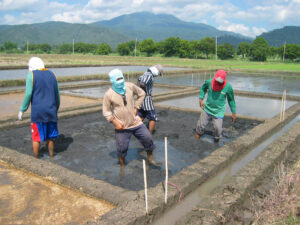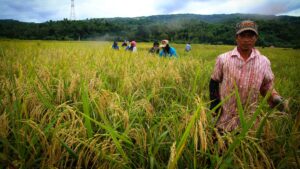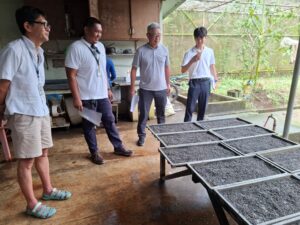IRRI scientists explored the perspective of Filipino consumers to see how they view and value healthier rice (brown, pigmented, and low-glycemic index rice), providing new insights on how it can find its place on their tables.
By Danica Louise C. Sembrano
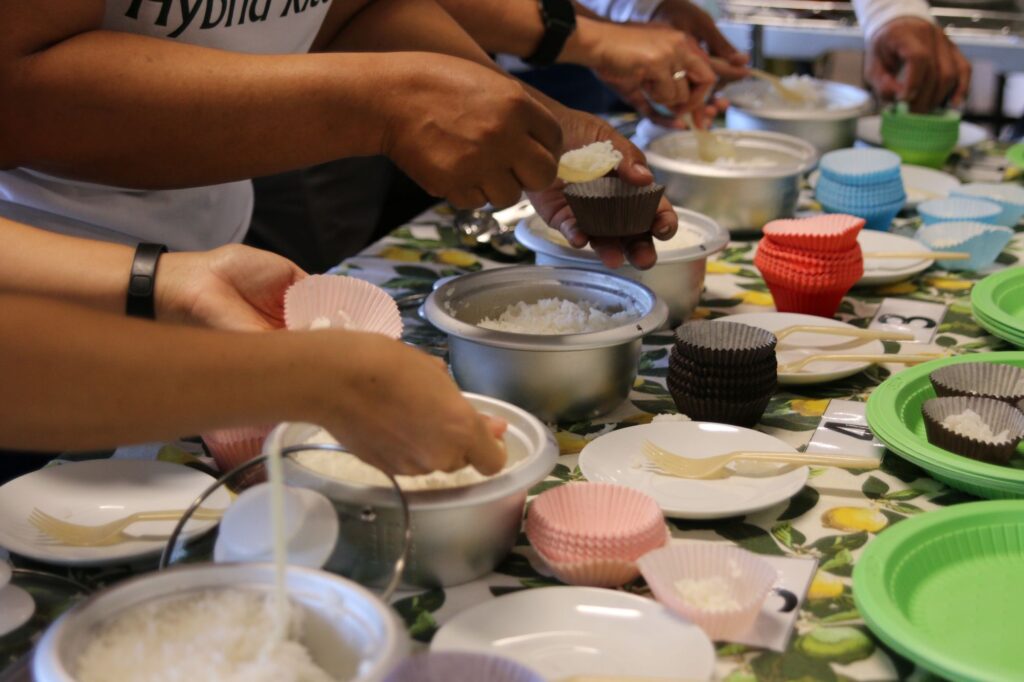
For many Filipinos, a meal without rice is simply incomplete. Rice has long been a staple in the Filipino household, making up for 36 percent of daily food intake and providing more than half of their energy needs every day. However, white rice, the most consumed type in the country, has a high glycemic index (GI), which causes blood sugar levels to spike rapidly. Combined with low dietary diversity, heavy reliance on white rice can increase the risks of non-communicable diseases (NCDs) like heart disease and diabetes—two among the leading causes of death in the Philippines.
The International Rice Research Institute (IRRI) has been making recent breakthroughs in developing healthier rice varieties, such as low-GI and biofortified rice. At the same time, the availability of brown rice and pigmented rice in the market continues to offer more nutritious alternatives. Yet today, these healthier rice types remain niche products, gaining limited traction among Filipino consumers.
IRRI scientists Marie Claire Custodio, Jhoanne Ynion, and Dr. Matty Demont, along with Ghent University’s Prof. Hans De Steur, delved into the perspectives of Filipino consumers to understand their perceptions of healthier rice and what could encourage them to give it a try.
Knowing the difference
The market study surveyed 600 middle-class urban consumers to find out how open and willing they are to pay for healthier rice types. With the average price of premium white rice as their basis, participants were asked to name the maximum price they were willing to pay for each type.
Before answering, they were given descriptions of the three rice types involved in the study:
- Brown rice – also known as “unpolished rice,” due to its retained bran layer on the grain, making it richer in dietary fiber and micronutrients.
- Pigmented rice – unpolished with red or black bran layer, rich in dietary fiber and health-enhancing properties, such as antioxidants.
- Low-GI rice – milled and polished like typical white rice but has a lower impact on blood sugar levels
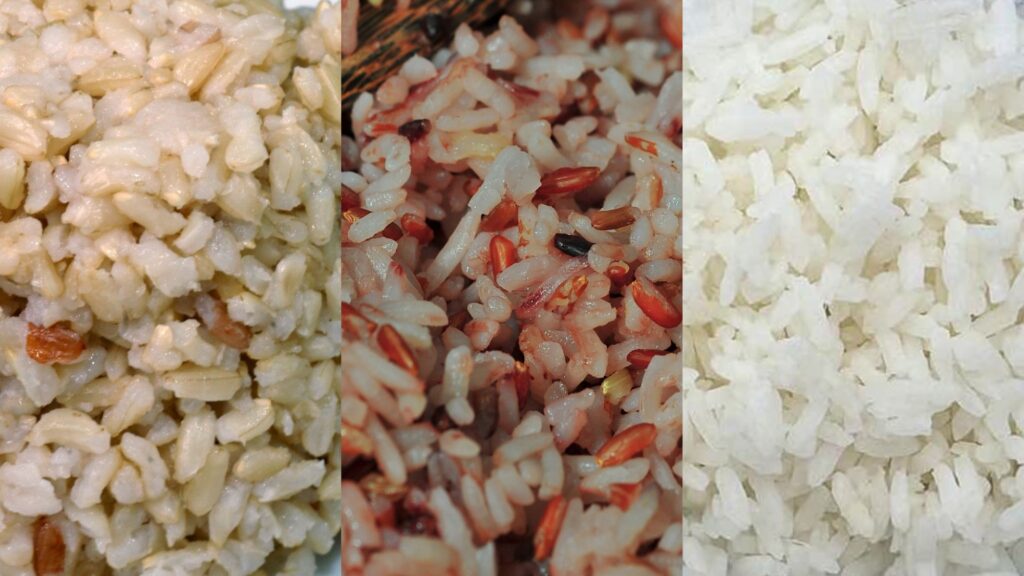
What drives the Filipino rice consumer
While results showed that Filipino consumers were generally open to healthier rice types, they were willing to pay less for them compared to premium white rice. Custodio explained that these prices likely reflect the market’s impressions about their taste, texture, and cooking quality.
When asked about their general perceptions during their pre-survey focus group discussions, brown rice was described as bland, hard, and time-consuming to cook. For the low-GI rice, the hesitation came from consumers’ unfamiliarity with what “glycemic index” means, more than their concerns about its taste or texture. Pigmented rice fetched relatively higher prices than the two due to its distinct appearance, however, some remained unsure about its cooking and eating qualities.
Study findings also revealed a critical insight: health claims alone are not enough to encourage consumers to include healthier rice in their diets. Researchers suggest that nutrition awareness campaigns should promote how eating healthier rice can fit within the broader context of healthier diets and sustainable lifestyles.
More importantly, the results reflect a deeper reality in Filipino households, where socio-economic factors, such as household income, day-to-day lifestyle, and attitude towards healthy eating, strongly influence their purchasing decisions for healthier food alternatives.
A shift in strategy
As IRRI continues to develop healthier rice and improve its availability, the Inclusive Markets and Value Chain team recommends a more nuanced approach to boosting its consumption. They propose exploring culturally accepted dishes as a potential entry point, where healthier rice may be used as an ingredient for specific occasions. For instance, instead of replacing white rice during main meals (breakfast, lunch, and dinner), they see snacks and rice-based desserts as key entry points for introducing them in the Filipino diet, since these are usually made of starchy ingredients. This approach creates an opportunity to enhance the health benefits of consumers’ current rice-based diets. A similar strategy is being explored in India, where IRRI produces and promotes healthier rice-based products such as whole-grain rice cookies, popped rice, rice flakes, and instant upma.
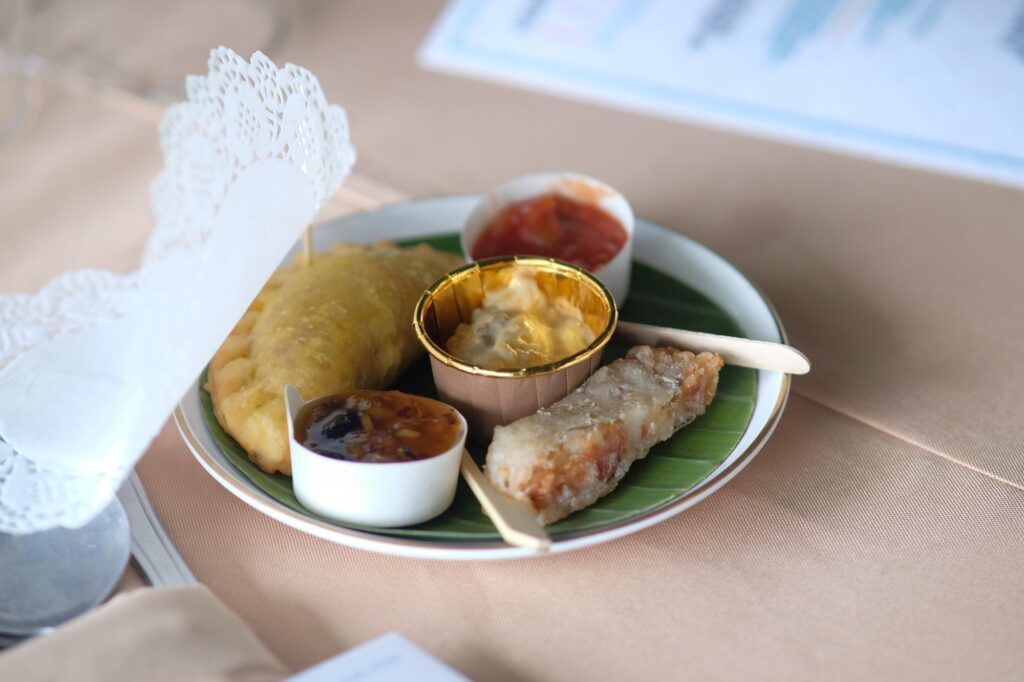
To build healthier eating habits, they recommend crafting stronger communication strategies for nutrition programs that go beyond generic nutritional claims and appeal even to those who may not yet prioritize health. They also encouraged digging deeper into gastronomic system studies, looking closely at how food, culture, nutrition, and other various factors are interconnected to support an inclusive and sustainable shift towards healthier rice-based diets.
“While affordability and the norm in the Filipino diet remains a barrier, we saw through this study that acceptance is already there. They are willing to pay for healthier rice, but not at the same level as premium white rice. With more effective communication strategy and appropriate nudges, healthier rice can find its place on the Filipino table.” Custodio said.
Sources:
Custodio, M.C., Ynion, J., Demont, M., De Steur, H. (2025). Consumers’ acceptance and valuation of healthier rice: implications for promoting healthy diets in the Philippines. British Food Journal. Vol. 127 No. 13, pp. 52-71. https://doi.org/10.1108/BFJ-05-2024-0525
Department of Science and Technology – Food and Nutrition Research Institute. (2025). DOST-FNRI unveils 2023 Filipinos state of health and nutrition. DOST-FNRI. https://www.dost.gov.ph/knowledge-resources/news/86-2025-news/4067-dost-fnri-unveils-2023-filipinos-state-of-health-and-nutrition.html
Philippine Statistics Authority. (2024). 2024 Causes of Death in the Philippines. https://psa.gov.ph/system/files/vsd/2_Press%20Release_2024%20Cause%20of%20Death%20Statistics_as%20of%2031%20August%202024-signed.pdf
Schneider, K.R., Fanzo, J., Haddad, L. et al. (2023) The state of food systems worldwide in the countdown to 2030. Nature Food. Vol. 12 No. 4., pp. 1090–1110. https://doi.org/10.1038/s43016-023-00885-9



